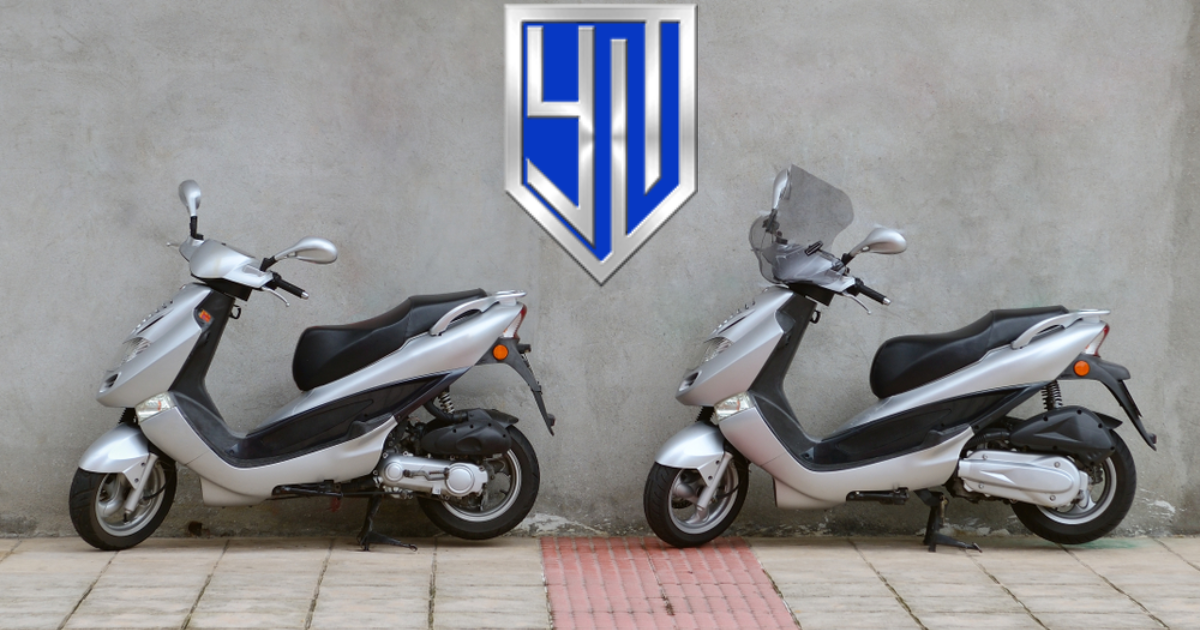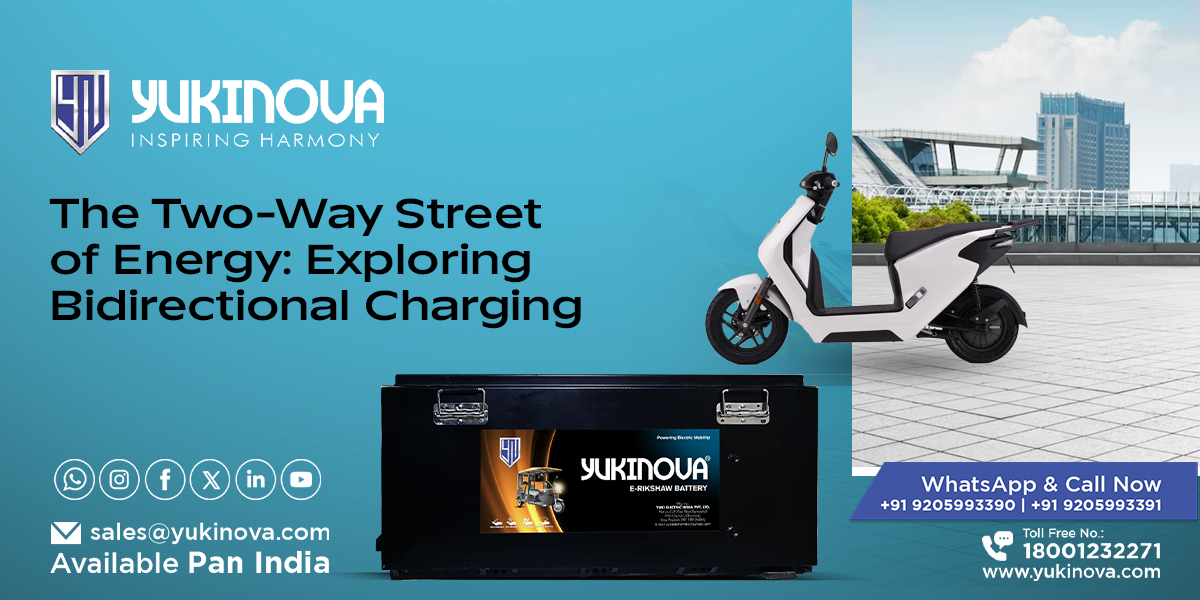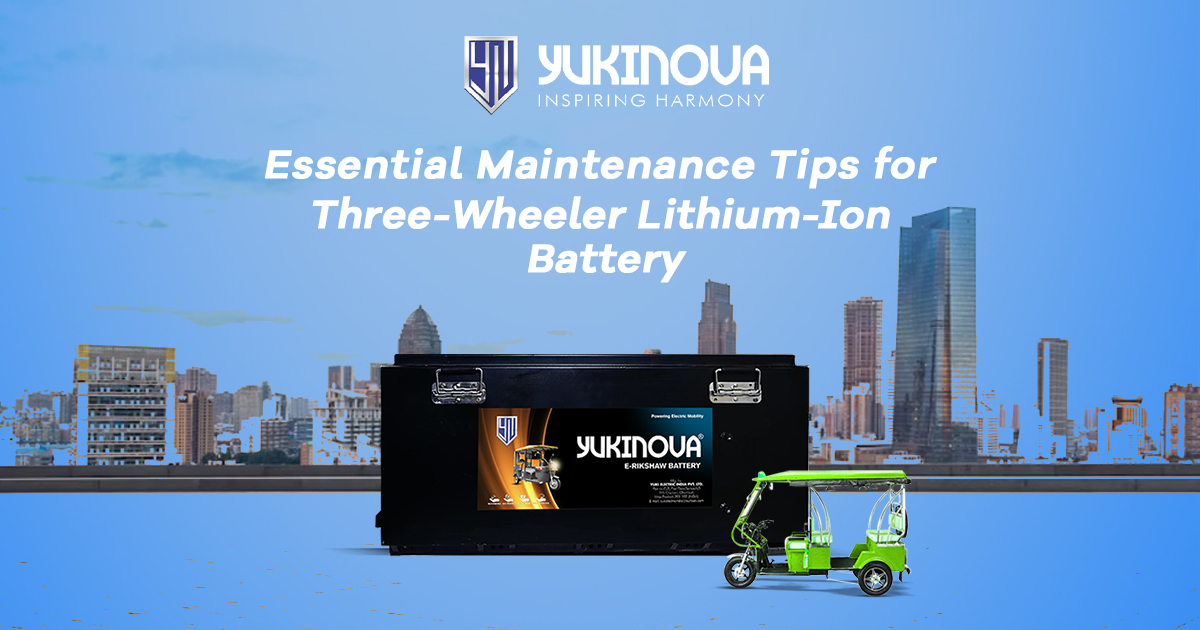In a country where two-wheelers are more than just a mode of transportation, they are a lifeline for millions, ensuring people can navigate bustling cities, remote villages, and everything in between. These trusted companions carry us to work, bring us home, and connect us to loved ones. As such a vital part of daily life, it’s no wonder we seek to keep them running smoothly and reliably. This is where the role of smart battery management systems (BMS) comes into play, quietly revolutionizing the performance of two-wheelers in ways that are both profound and personal.
Imagine setting out on a busy morning, the sun barely up, with the confidence that your two-wheeler will start without a hitch, ready to tackle the day ahead. Smart BMS is the invisible hand ensuring this reliability, overseeing the health of your vehicle’s battery like a vigilant guardian. It’s not just about keeping the battery charged; it’s about ensuring it performs at its best, consistently, for as long as possible.
Think of smart BMS as the brain of your two-wheeler’s power source. It constantly monitors and manages the battery, ensuring that it operates within safe limits. It regulates the charging process, prevents overcharging, and balances the cells to make sure the battery lasts longer and performs optimally. This means fewer worries about unexpected breakdowns or the battery failing when you need it most. The peace of mind that comes from knowing your vehicle is ready to go, every time you need it, is invaluable.
Beyond reliability, smart BMS also plays a crucial role in enhancing the overall performance of your two-wheeler. A well-managed battery translates into smoother rides, better acceleration, and more consistent power delivery. Whether you’re navigating through congested city streets or cruising on open highways, the difference in performance is something you can feel. The connection between you and your vehicle becomes stronger when you know that every component is working harmoniously, thanks to the intelligence of the smart BMS.
But the benefits don’t stop there. In today’s world, where environmental responsibility is becoming increasingly important, smart BMS contributes to a greener future. By maximizing the efficiency of the battery, it reduces the frequency of replacements and lowers the demand for raw materials and energy used in battery production. This means fewer batteries ending up in landfills and a smaller environmental footprint overall. It’s a small but significant step towards a more sustainable world, one two-wheeler at a time.
In conclusion, the smart battery management system is more than just a technological innovation; it’s a game-changer in how we experience and depend on our two-wheelers. It ensures reliability, enhances performance, and contributes to a greener planet. The impact of this technology is felt every time you start your bike, accelerate smoothly, and reach your destination without a worry.
If you want to experience the full potential of your two-wheeler, consider the difference a smart BMS can make. With Yukinova’s two wheeler lithium-ion batteries, you can elevate your riding experience and enjoy the confidence that comes with knowing your vehicle is powered by the best. Embrace the future of two-wheeler performance—choose smart, choose Yukinova.





